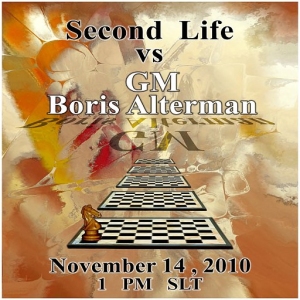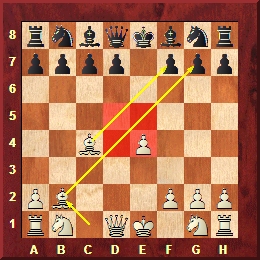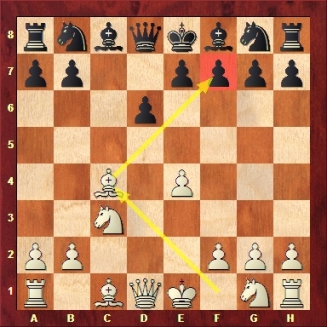THE ALTERMAN GAMBIT GUIDE: WHITE GAMBITS
Author: Boris Alterman
Quality Chess (2010) 448 pages $25.95
Reviewed by John Donaldson :
This book, which should enjoy a wide audience, is an instructional manual for improving players that’s not a high-level theoretical work, but rather aims to teach the fundamentals – tactics, the importance of development, how to attack and king safety – by playing gambit openings.
Lines covered include the Evans Gambit, Panov-Botvinnik Attack in the Caro-Kann, the Smith-Morra Gambit against the Sicilian, the Philidor, Danish Gambit, Urusov Gambit (1.e4 e5 2.Bc4 Nf6 3.d4 exd4 4.Nf3 Nxe4 5.Qxd4), Morphy Attack (1.e4 e5 2.Nf3 Nc6 3.Bc4 Nf6 4.d4), Cochrane Gambit (1.e4 e5 2.Nf3 Nf6 3.Nxe5 d6 4.Nxf7), Max Lange Attack and Milner-Barry Gambit.
Alterman, who has based his book in part on some of his popular lectures at the Internet Chess Club, feels that most games between amateurs (those rated below 2000) are not decided by some great strategy but because one or both players do not follow basic opening principles.
To quote Alterman, “The players: Do not fight for the center, keep playing with the same piece, move the queen too early in the opening, leave the king in the center, try to win material instead of developing, and so on.” This book attempts to remedy this situation by offering 112 heavily annotated (primarily prose) games, theoretical overviews and practical exercises (with solutions) to reinforce the material.
THE ALTERMAN GAMBIT GUIDE: WHITE GAMBITS is definitely aimed at an amateur audience but some of the material will be of interest to stronger players, including the topical Panov-Botvinnik line 1.e4 c6 2.d4 d5 3.exd5 cxd5 4.c4 Nf6 5.Nc3 Nc6 6.Bg5 dxc4 and the Milner-Barry variation arising after 1.e4 e6 2.d4 d5 3.e5 c5 4.c3 Nc6 5.Nf3 Qb6 6.Bd3 cxd4 7.cxd4 Bd7 8.0-0 Nxd4 9.Nxd4 Qxd4 10.Nc3 Qxe5 11.Re1 where Alterman believes 11…Qd6! to be a clear equalizer – that White has nothing better than 12.Nb5 Qb6! 13.Be3 Qa5 14.Bd2 Qb6 15.Be3 repeating.
Young players, older ones stuck in the amateur ranks and coaches will all find THE ALTERMAN GAMBIT GUIDE: WHITE GAMBITS to be quite helpful and at $25.95 for a 440 page, beautifully produced paperback very good value.
An excerpt from this book can be found at : http://www.qualitychess.co.uk/ebooks/Alterman-Gambit-Guide.pdf.
Strongly Recommended
Click to buy
Copyright © 2010 John Donaldson
Filed under: Gambit's Guide, Uncategorized | 1 Comment »










